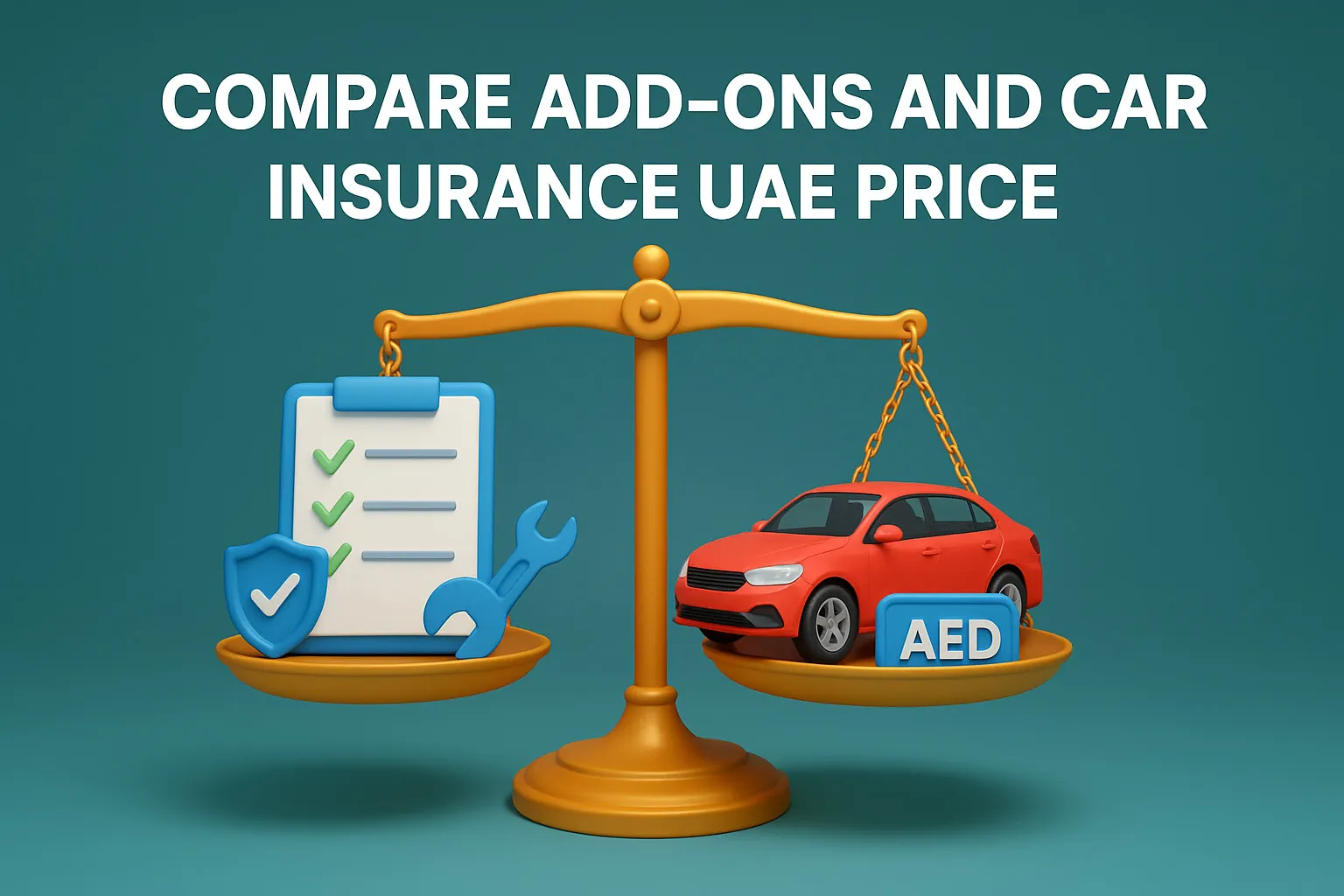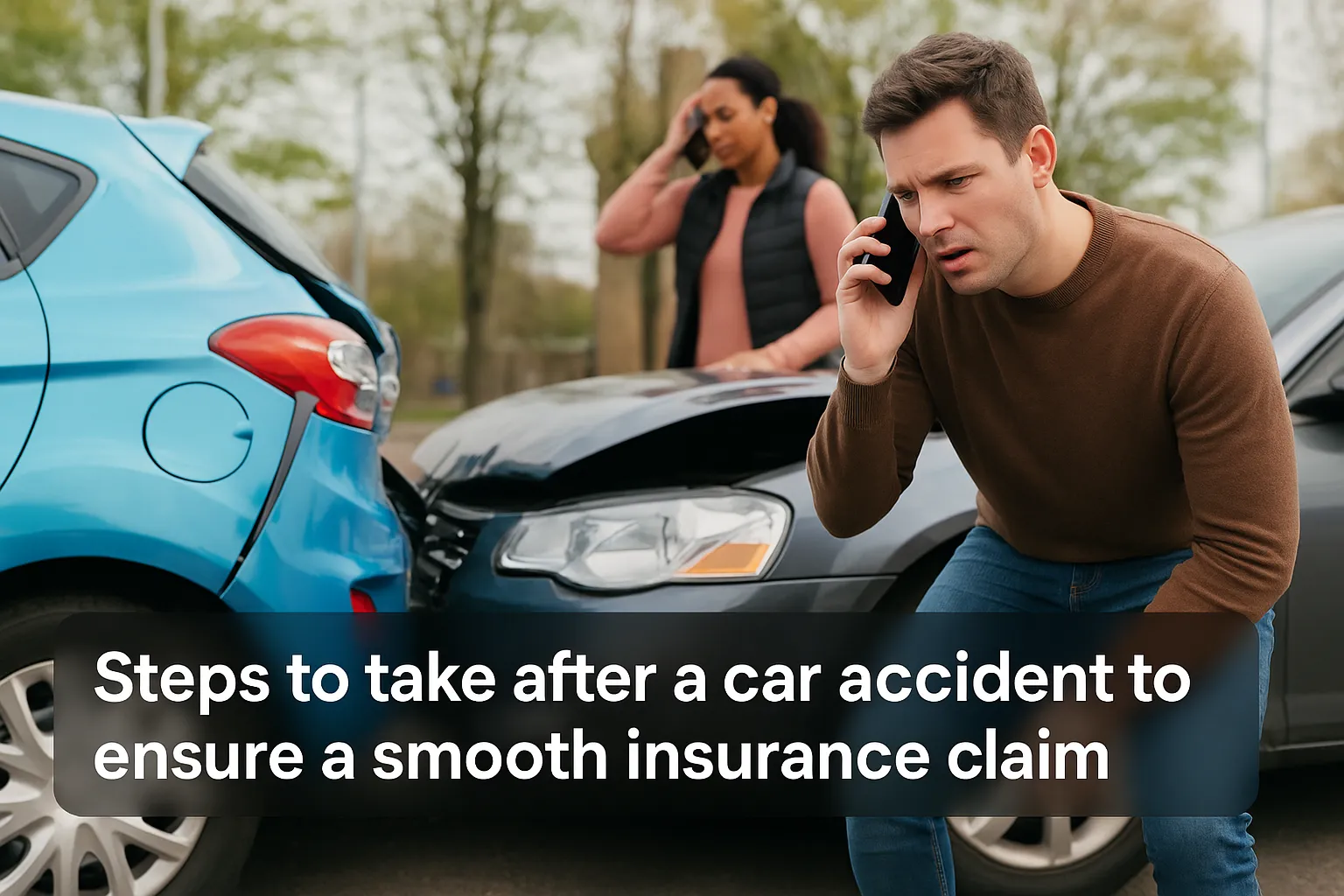Losing personal items from your car is one of those things you hope never happens, but it’s always a possibility. It’s not just about the money—it’s the hassle and stress that comes with it. In the fast-paced life of the UAE, it’s easy to see how having some extra protection for your personal belongings could save you a lot of trouble. That’s what makes the loss of personal belongings cover in car insurance helpful. It ensures you’re covered if anything valuable is ever taken from your car.
Let’s discuss this benefit, explaining how it works, its exclusions, and how it can protect you from potential financial loss.
What is loss of personal belongings cover in car insurance?
The loss of personal belongings cover is a standard feature of the comprehensive car insurance policy. It refers to the protection offered for personal items that are inside your insured vehicle when they are lost or damaged due to incidents like fire, theft, or accidents.
This coverage is not available in third-party insurance policies, so a comprehensive plan is needed to secure your valuables from unforeseen happenings.
The loss of personal belongings cover can vary depending on the insurer. For example:
- Some policies may cover only stolen items.
- Others may extend coverage to damaged items (e.g., due to an accident).
- Certain high-value items like electronics may have specific limits.
It’s important to check with your insurance provider to see what items are covered and under what circumstances. For example, the value of the items in the claim will take into account depreciation. So, while you may have bought a laptop for AED 5,000, the claim payout might be lower due to the item’s age and wear.
What is not covered under the personal belongings benefit?
Personal belongings cover does not protect your personal items in the car in every case. Here are some common scenarios where your claim may not be accepted:
- Money and valuables: Items such as money, jewellery, scratch cards, tickets, lottery tickets, and bonds are not covered.
- Open or convertible vehicles: Theft from an open or convertible vehicle is excluded unless items are stored in a locked boot or glove compartment.
- Unattended belongings: Claims may be denied if personal property, including laptops and mobile devices, are left unattended or out in the open.
- Wear and tear: Natural depreciation and wear and tear of personal items are not covered.
- In-car accessories and modifications: Standard vehicle equipment, modifications, and in-car accessories are excluded from coverage.
- Other insurance: Items covered by another insurance policy are excluded from this policy.
- Trade-related goods: Items carried for business purposes, such as trade samples or business equipment, are not covered.
The benefits of personal belongings cover
The personal belongings cover comes with several advantages, especially if you’re regularly on the move or carrying valuable items:
- Protection for personal items: Whether it’s your laptop, mobile phone, or other important personal item, this cover ensures you’re financially protected.
- Additional security: You don’t have to worry about replacing stolen or damaged items on your own.
- Hassle-free claims process: Filing a claim for damaged/lost item(s) is easy. Most providers require proof of the item’s value (like a receipt) and a police report in case of theft.
How to claim the loss of personal belongings cover?
Filing a claim under your personal belongings cover is fairly simple but requires the right documentation. Here’s how you can claim:
- Inform the police: If your items have been stolen, file a police report immediately. Your insurance company will require this report to process the claim.
- Contact your insurance provider: Inform your insurer about the loss or damage as soon as possible. Most companies have a 24/7 helpline or online claim portal.
- Provide proof: You must provide evidence that you owned the stolen or damaged items. Keep receipts or any relevant documentation for your valuables.
- Submit a claim: Once you’ve gathered the necessary documents (police report, proof of ownership, etc.), submit your claim online or through your insurance agent.
The claim payout will depend on your policy terms and the value of the item, factoring in depreciation.
Final takeaway
For UAE residents, a personal belongings cover can be really practical. It ensures that valuables inside the car are safeguarded. While this coverage is part of most comprehensive car insurance policies, it’s essential to understand the exclusions and claim process to avoid surprises.
By knowing what’s covered, securing necessary documentation, and acting promptly in the event of a loss, you can maximise this benefit and avoid potential financial strain. Always review your policy carefully and consult your insurer for specific coverage details.
If you’re seeking expert advice on choosing the right policy, online comparison platforms like InsuranceMarket.ae can help. The well-versed team of such platforms can guide you through the procedure, assuring you make the most informed decision for your specific requirements.
Frequently Asked Questions (FAQs)
What is the loss of personal belongings cover?
The loss of personal belongings is a benefit you get with your motor insurance policy covering theft or damage to personal items inside your car.
What is the coverage of personal belongings?
It typically covers items like electronics, bags, clothing, etc. However, limits may apply to high-value items and not all belongings may be included. Always check your policy details.
Can you get insurance for lost items in your car?
With personal belongings insurance, you can insure stolen or damaged items while in your car.
Are all personal items covered by personal belongings cover?
Not all items are covered. Money, jewellery, scratch cards, tickets, and high-value business equipment are typically excluded. The section on exclusions mentioned in this article provides more information.
What do I need to file a claim?
To file a claim, you need a police report, proof of ownership for the lost or damaged item, and a completed claims form from your insurer.






